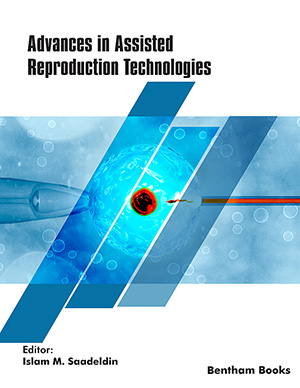Abstract
Drug development, protein functions and structure elucidation can greatly benefit from the study of interactions between proteins and small molecules. The binding of a ligand to a protein can elicit a variety of molecular and cellular responses, and thus identifying a native ligand and understanding its interplay with a given protein can shed light about the protein function as well as its potential role as a drug target. Furthermore, the evaluation of drug interactions with protein targets is a widespread activity for efficient drug development. Mass Spectrometry (MS) can play a key role in the characterization of protein-ligand binding. For the detailed structural analysis of covalent-modified peptides, Ion Trap (IT), Time-Of-Flight (TOF) and hybrid mass spectrometers have been used as powerful tools. When the nature of the protein-ligand interaction is non-covalent, Electrospray Ionization (ESI) is the ionization technique of choice to gently and efficiently ionize and analyze these non-covalent complexes under nondenaturing conditions. Due to the fact that in crude biological samples ligand-unbound proteins are much more abundant than small molecule-bound proteins, it is difficult to identify the protein targets of small molecules in this type of samples. To address this problem, affinity-based approaches (e.g. affinity chromatography and immunoprecipitation) can be used to enrich for classes of proteins based on their affinity or activity toward specific ligands. As a complementary or alternative approach, the specific scanning modes of hybrid mass spectrometers allow ion filtering of ligand-bound molecules by selective analysis of small molecule-derived diagnostic fragment ions, and can help elucidate small molecule-protein binding sites. This review summarizes concepts and principles of protein separation approaches as well as mass spectrometric tools aimed at studying the interaction between small molecules and proteins. Selected examples from recently published work are described and discussed.
Keywords: Affinity-based probes, affinity-based protein profiling, ligand, MS, ESI, MALDI, drug discovery, chemical proteomics
























